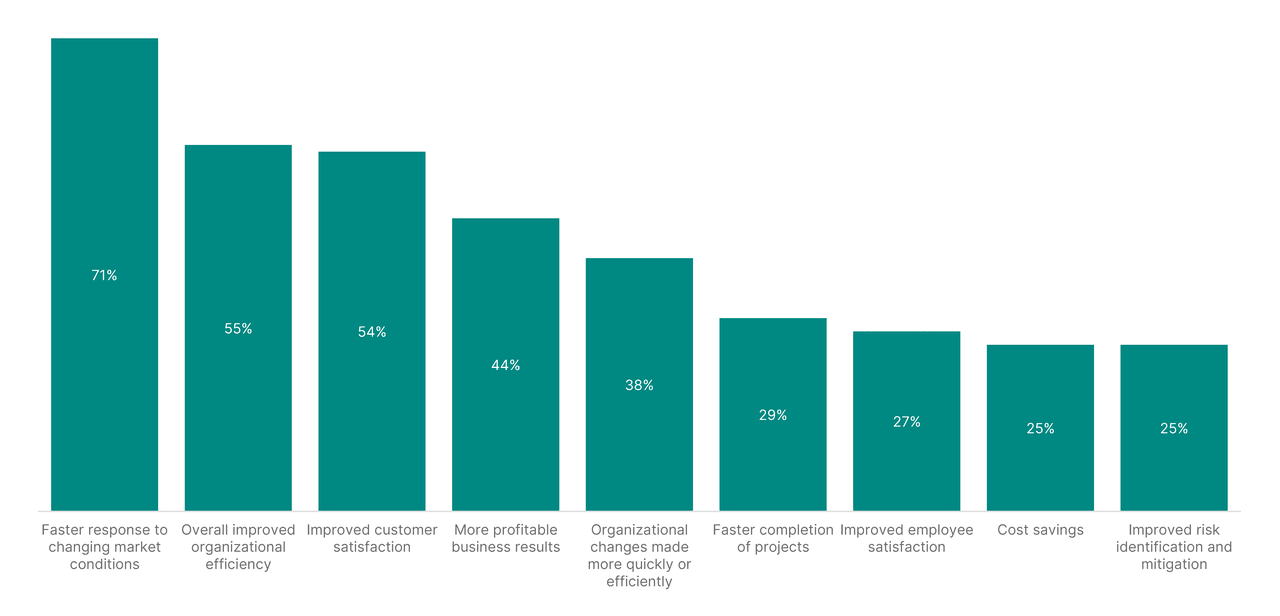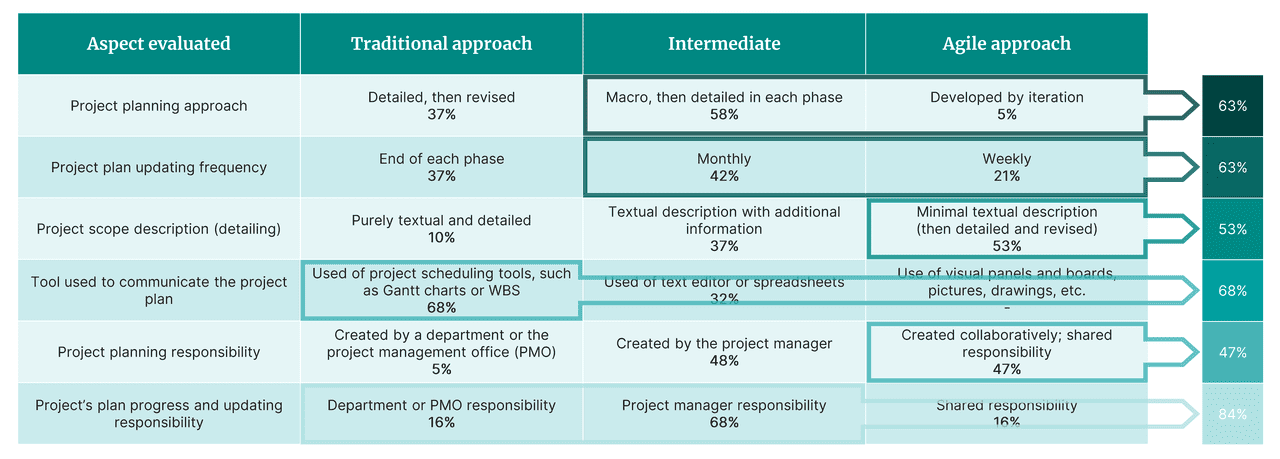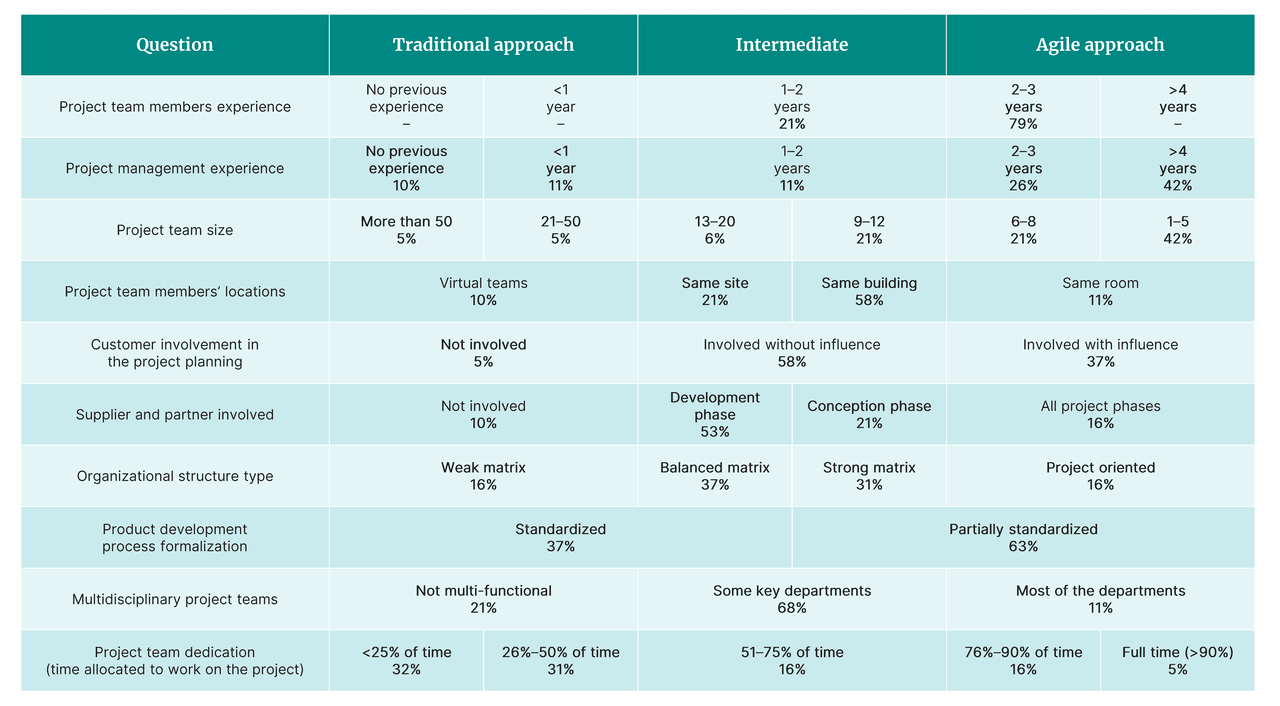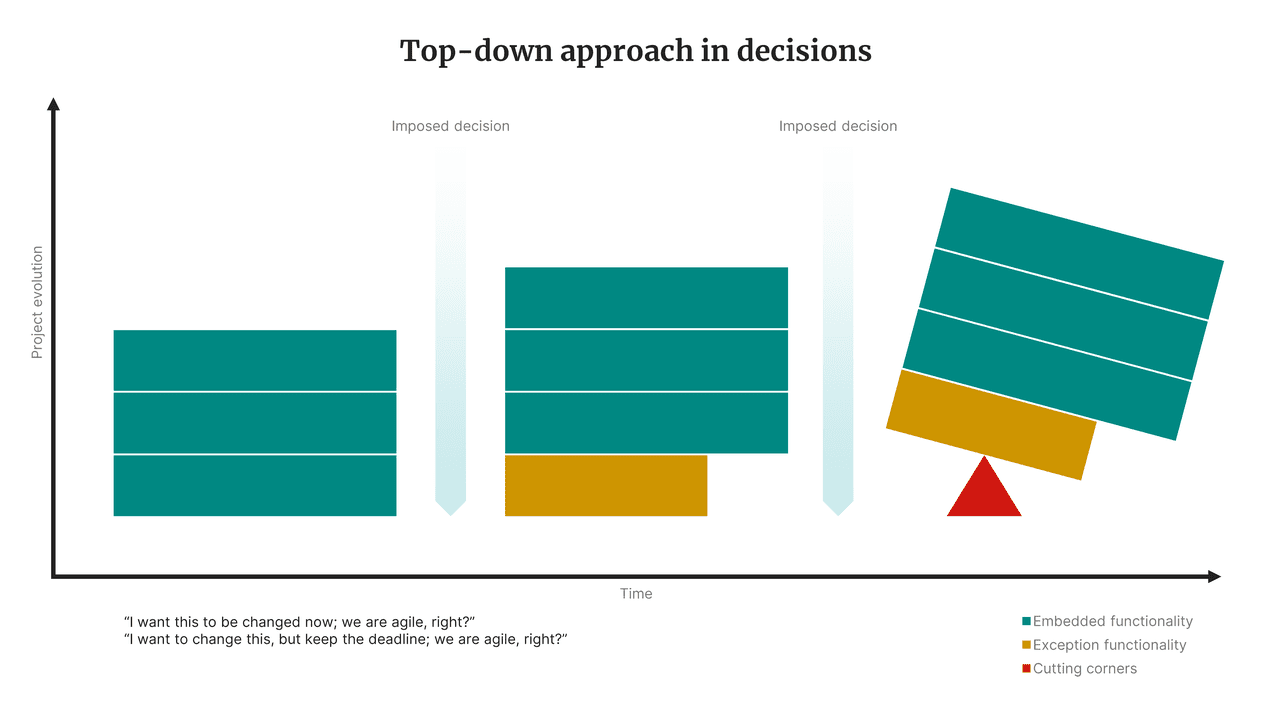What we learned at the Manage Agile Conference
Back in late November, AI Insider gave a presentation at Manage Agile 2020, one of the largest annual conferences for the agile scene in German-speaking countries. The event focused on agile leadership and agile project management approaches.
More recently, agile practices have been expanding to various industries, functional areas, and senior leaders. But how do leaders understand the agile mindset and its methods, nurture it for their teams, and benefit from it? As leaders from different industries, how are you enabling agility in your organization?
1. It’s time to make more sense of agile practices in industries other than IT.
Agility leads to better performance and provides organizations with robust advantages over the competition.
According to the extensive study, “Pulse of the Profession: Organizational Agility” that PMI developed in 2012, on more than 1,000 project, program, and portfolio managers, the expansion of agile to various industries has already confirmed at least four advantages for organizations. “The average percentage of projects completed on time, on budget, achieving business objectives, and forecasted ROI is significantly greater in organizations reporting high agility than those reporting low agility.” (PMI, 2012)
2. Teams in industries different from IT can transition naturally to agility with no experience or awareness of it.
What if their practices emerge deliberately to agile? How will it reflect on their competitiveness?
The researchers surveyed the product development and R&D managers, analysts, and executives, who had experience in new product development and did not formally use agile, to identify if they managed projects using agile. The researchers based their analysis on two key elements: practices and enablers, the predictors for the agile approach.
3. Adopting agile goes beyond the teams’ way of working. It is a process of transforming leadership.
The more decisions are imposed, the more likely the product to become functionally unstable. Usually, this is the moment when the team starts cutting corners.





